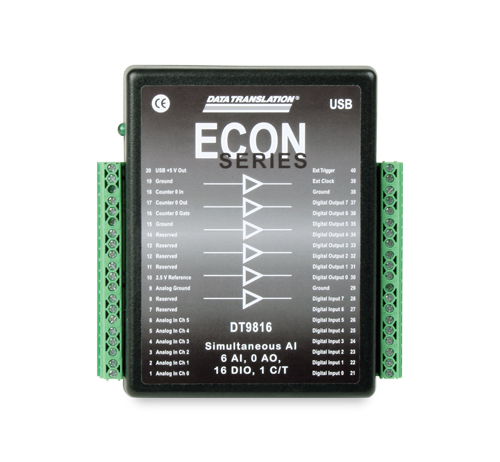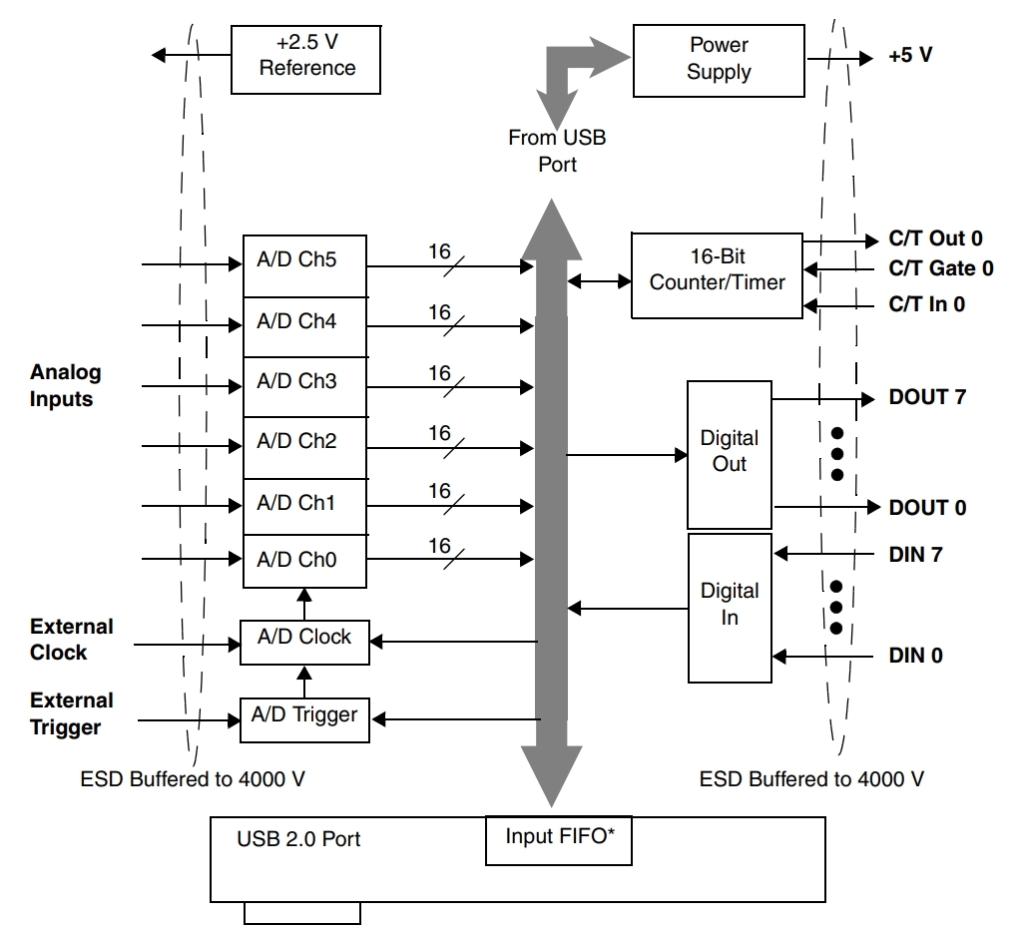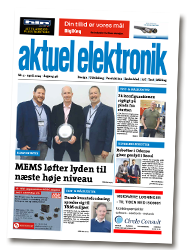When choosing a data acquisition board, many different selection criteria are used. Speed, resolution, accuracy, and number of channels are all important considerations. In addition, there are different architectures used within the data acquisition device itself that can affect your decision. The particular analog input architecture that you choose will affect how often the input channels are sampled and the accuracy of your results. The two most common architectures in analog input design are multiplexed and simultaneous. Multiplexed converters use one A/D converter for many channels. Conversely, a simultaneous converter uses an individual A/D converter for each channel.
For many applications, a simultaneous acquisition device is certainly the architecture of choice due to its inherent speed and accuracy but in the past the cost of these devices was somewhat prohibitive. Times have changed and simultaneous devices are now as cost effective as a multiplexed device for many users.

The DT9816 Series from Digilent provides a 16-bit A/D converter for each of its 6 analog channels. This allows the user to correlate measurements of up to 750 kS/s per channel at the exact same instant in time. This device was developed for customers seeking to correlate high-speed measurements while eliminating phase noise from channel-to-channel acquisition. With this device a common clock and trigger is used for simultaneous sampling of all inputs. This is very valuable in determining the response across a device-under-test (DUT) to stimuli at the same exact instant.

Signal Bandwidth Increased
Simultaneous acquisition dramatically increases signal bandwidth because each channel uses the full throughput of an individual A/D converter. The signal bandwidth is consistent across all channels with the simultaneous architecture, while it decreases linearly with each additional channel in the multiplexed architecture.
Channel-to-Channel Skew Eliminated
Since multiplexed devices use one common amplifier and A/D converter to sample all the input channels being used, it results in a time delay or skew between samples. This phase noise is all but eliminated when using a single A/D converter per channel as does the DT9816 modules.
Built In Accuracy
With a simultaneous A/D converter, all signal inputs are sampled at the exact same instant in time. A common clock and trigger for all channels lets you accurately correlate signals using a single pulse of the clock to acquire all channels. The hardware architecture has accuracy built in.
Higher Accuracy at High Speed
Simultaneous A/Ds are far more accurate than multiplexed A/Ds, especially at high speed, because they eliminate several sources of error, including residual settling time, high-source impedance, and channel-to-channel crosstalk, explained below.
Residual Settling Time
Not only is the channel-to-channel skew virtually eliminated with the simultaneous A/D architecture, but so is the time needed to discharge the built-up capacitance on each input of a multiplexed A/D. In a multiplexed A/D, each channel is tied to the same A/D, so the settling time for each channel is additive.
Source Impedance
Let’s look at the multiplexed A/D a little closer. Source impedance (Rs) and capacitance (C), when multiplied together, determine one time constant (t). Assume that you have a 10 V input on channel 0 and a 0 V input on channel 1. Also assume that the input impedance on channel 1 is 1 kOhm (Rs = 1 kOhm). Since it typically takes 9 time constants for the multiplexer to settle to within 0.01% accuracy of the voltage you want, the time that it takes to settle when switching from 10 V on channel 0 to 0 V on channel 1 is 9 * 100 ns (1kOhm * 100pf), or 900 ns. Now, assume that you have a source impedance of 10 kOhm (Rs = 10 kOhm) on channel 1. If the current is 100 pf, the settling time for one channel is 9 * 1 µs (10kOhm * 100pf) or 9 µs – a large source of error if you’re sampling too fast.
High-speed simultaneous A/D modules do not have this problem since each signal is measured by its own A/D converter.
Channel-to-Channel Crosstalk
When sampling high-speed signals using a multiplexed A/D, the built-up capacitance charge can “crossover” to the next channel if there is not enough settling time between switching. This can give erroneous readings. High-speed simultaneous A/D modules do not have this problem since each signal is measured by its own A/D converter.
The DT9816-S is available on stock at Elfa Distrelec A/S, the authorized Distributor of Digilent in Denmark.


